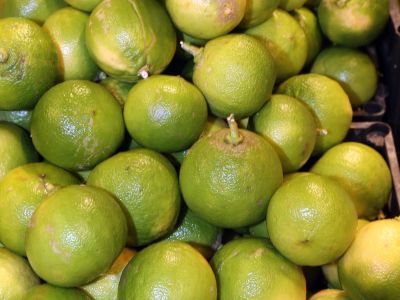What is a Bergamot Orange Tree?
The bergamia variety of Citrus aurantium is what is commonly known as bergamot or bergamot orange. Its origins are mysterious but may be a cross between citron or lemon and sour orange. It has been known and cultivated in the Mediterranean for at least a few hundred years. Bergamot is evergreen in warm, dry climates, like the Mediterranean. It can also be grown in tropical regions. Ivory Coast is a center of cultivation. The trees grow up to 40 feet (12 m.) but are usually kept much smaller. The leaves are similar to those on a lemon tree and the fruits are yellow. Don’t expect this tree to give you anything like an orange; the fruits are very sour. The bergamot orange extract known as bergamot oil is the primary reason this tree is cultivated in a few places around the world. The fragrant oil has been used in cologne since the 1600s. An oil can also be made from the flowers to produce orange flower water.
Growing and Caring for a Bergamot Orange
While you’ll have a better result getting usable fruit from a lemon or orange tree, bergamot orange growing can be rewarding in its own way. You will likely be the only person you know to have one. The climate should be warm, either tropical or subtropical, wet or dry but with mild winters. It is possible to grow bergamot from seed, but it also grows well from cuttings if you do know someone else with a tree. Follow general citrus tree guidelines when caring for a bergamot orange. Choose a sunny spot protected from the wind and provide 12 to 24 feet (3.6 to 7.3 meters) of space from other trees. Provide plenty of water as the roots establish, and use a balanced fertilizer regularly for the first few years or until it starts bearing fruit. Prune and shape the tree as needed, every two years or so.
